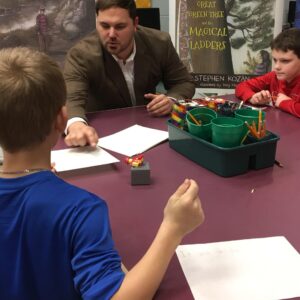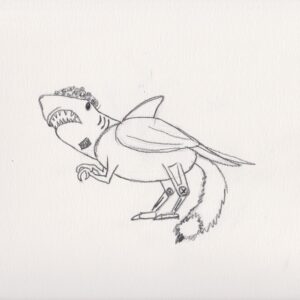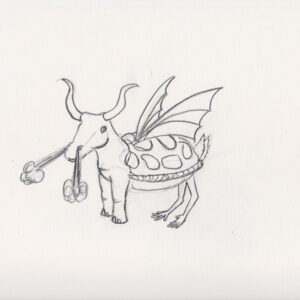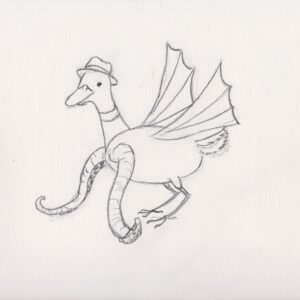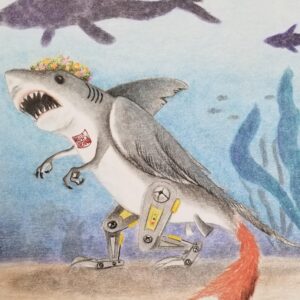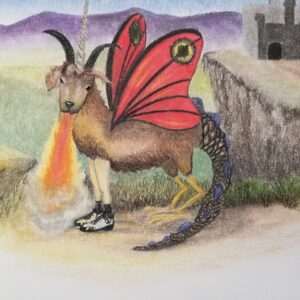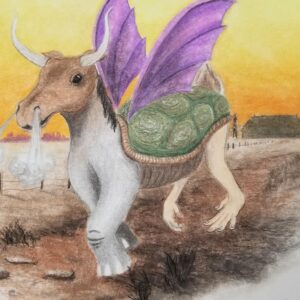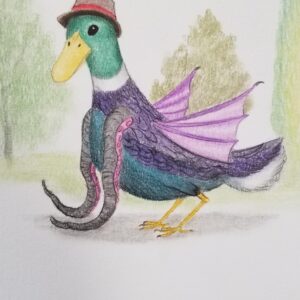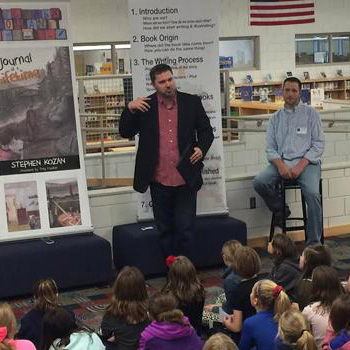
Introduction
I introduce myself, my illustrator, and give a little background information on where we came from and how we started. I express why we’re here. I focus on the education process of writing, illustrating, and publishing, explaining the “can-do” attitude that can manifest from within, no matter the age.Book Origin
I explain how I got started as a young writer in 3rd grade, writing simple poems on yellow post-it notes and plastering them to my classroom wall, and how a year later I learned about short story writing, which then progressed to informing my mom I wanted to be a rapper in 5th grade. (Usually, there's a laugh there.) Though the lesson is that lyric writing is another powerful form of expression. Finally, I get around to discussing how a short story I wrote at age 12 inspired me to write my first book, The Journal of a Lifetime. I talk about the importance of saving stories written as an adolescent - and perhaps transitioning them into books.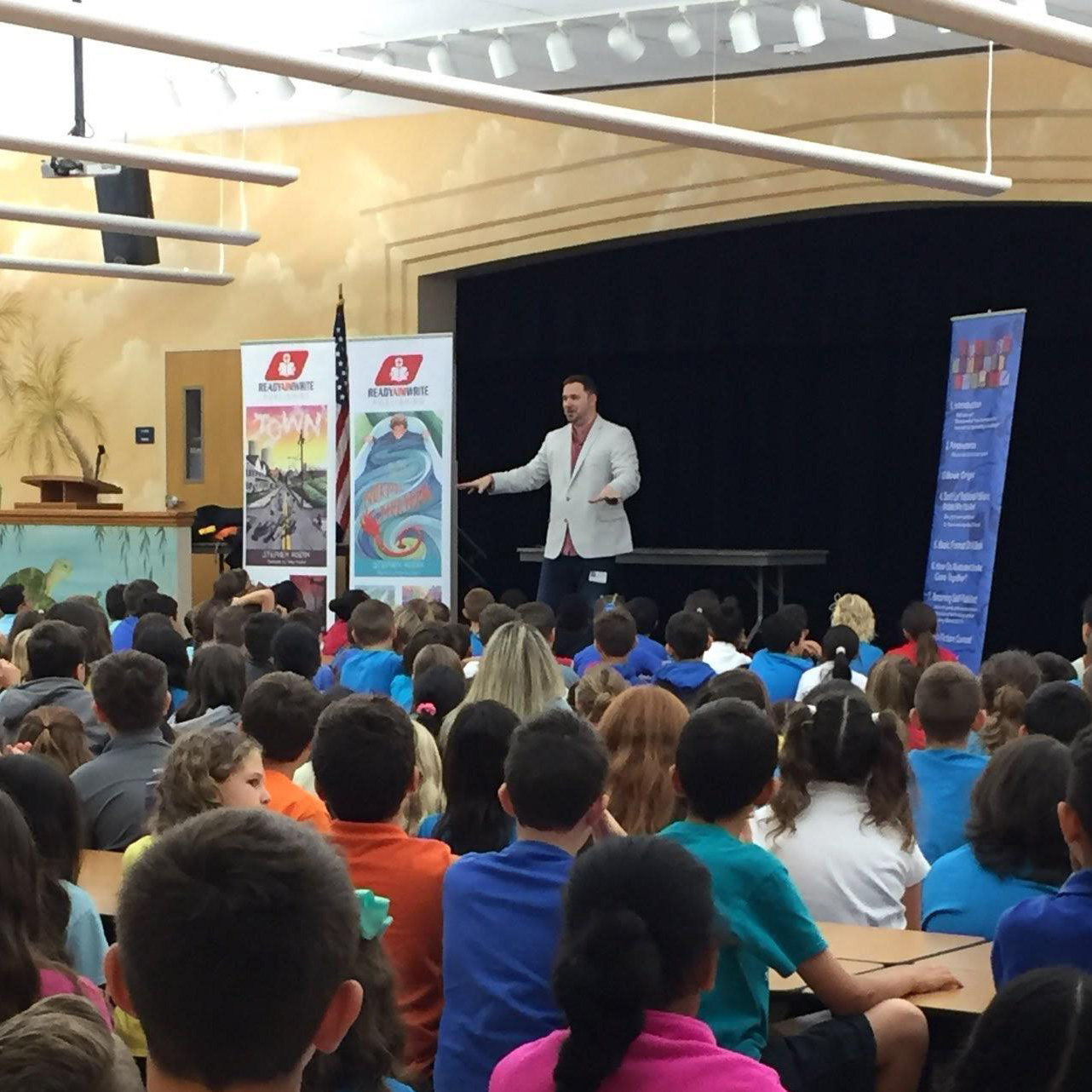
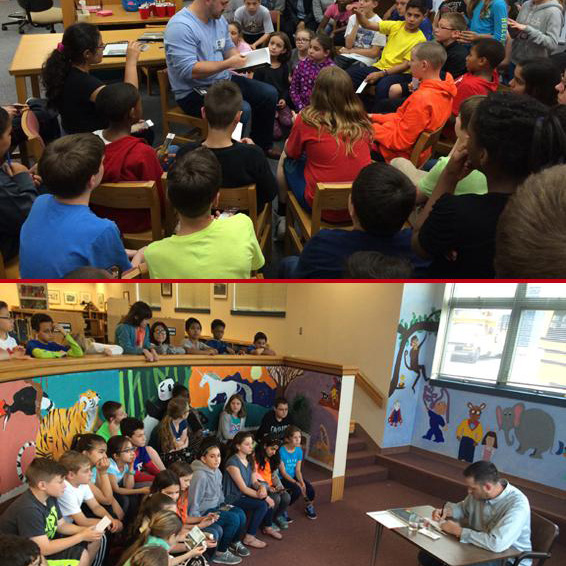
How Illustrations Are Born
In this part of the presentation, I show examples of how the "stick-figure" drawings I create for my illustrators turn into spectacular book-ready illustrations. You see, I can't draw. And so, for them to know what it is that I'm seeing in my mind, I must provide them with something. That something is stick-figure art. I discuss the idea of "concept art." By simply using a graphite pencil, one of my illustrators, Tony, can produce laser-sharp black & gray sketches of the book covers that eventually morph into full-color renditions of those sketches. I walk around, or use a projector, (depending on class size), to show these examples. Most students are in awe of the transformations.Perseverance
I talk about this important word for two reasons: One as a life-lesson, and another as a publishing lesson. The life-lesson focuses on Tony, my illustrator, who at 30-years-old, was stricken by a massive stroke, which partially paralyzed the left side of his body. After years of depression, hardship. and disability, he has since gone on to draw more than 50 illustrations for my books, as well as tour parts of the country with me.On the publishing side of things, I discuss how I was rejected more than 19 times from traditional publishing houses, and that "failure" is not in my vocabulary. So I started my own company, ReadyAimWrite Publishing, in 2015, which not only produces my own books, but also those of all the kids chosen through Flash Fiction. "Quitting" and "No" simply aren't answers I believe in. Nor should the student!
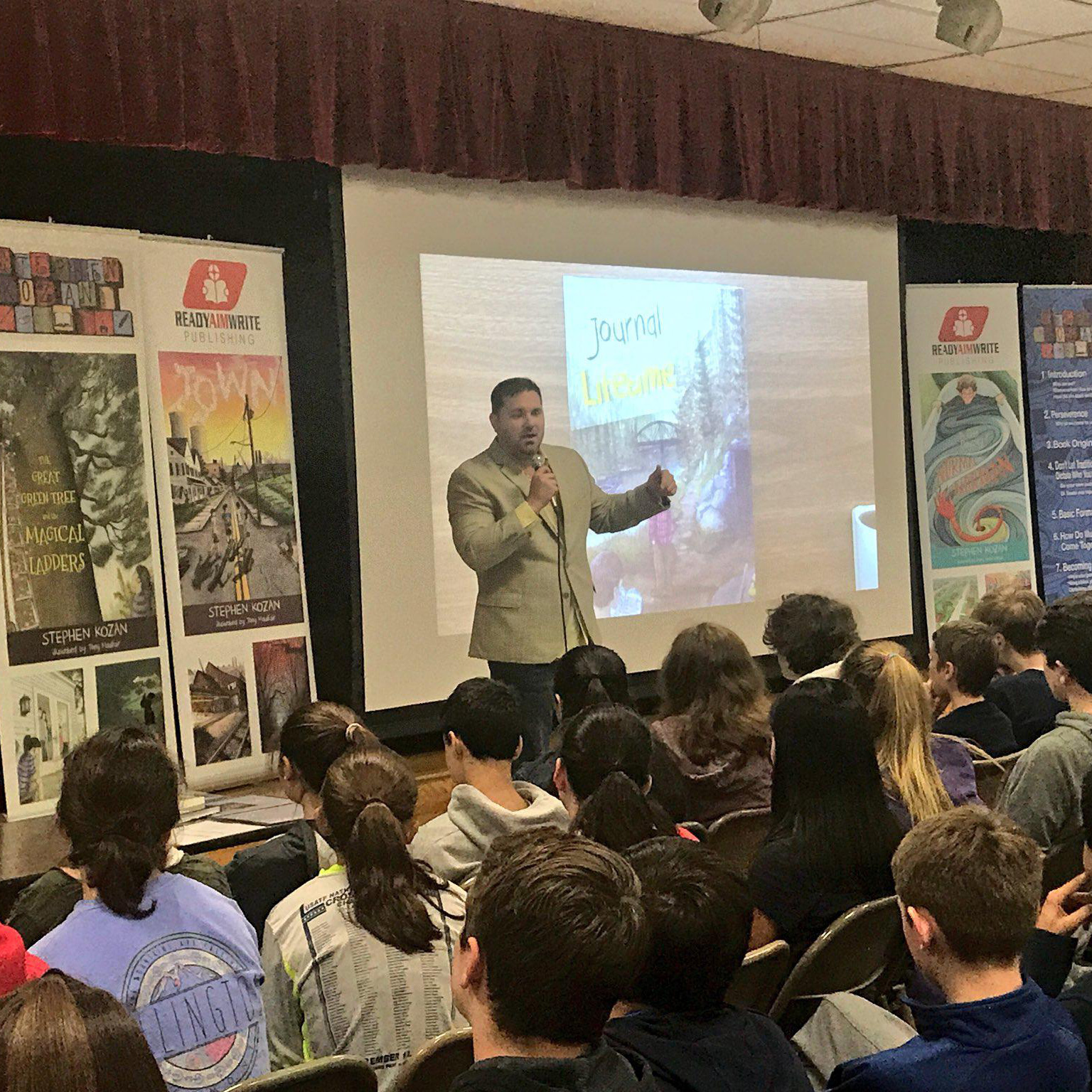
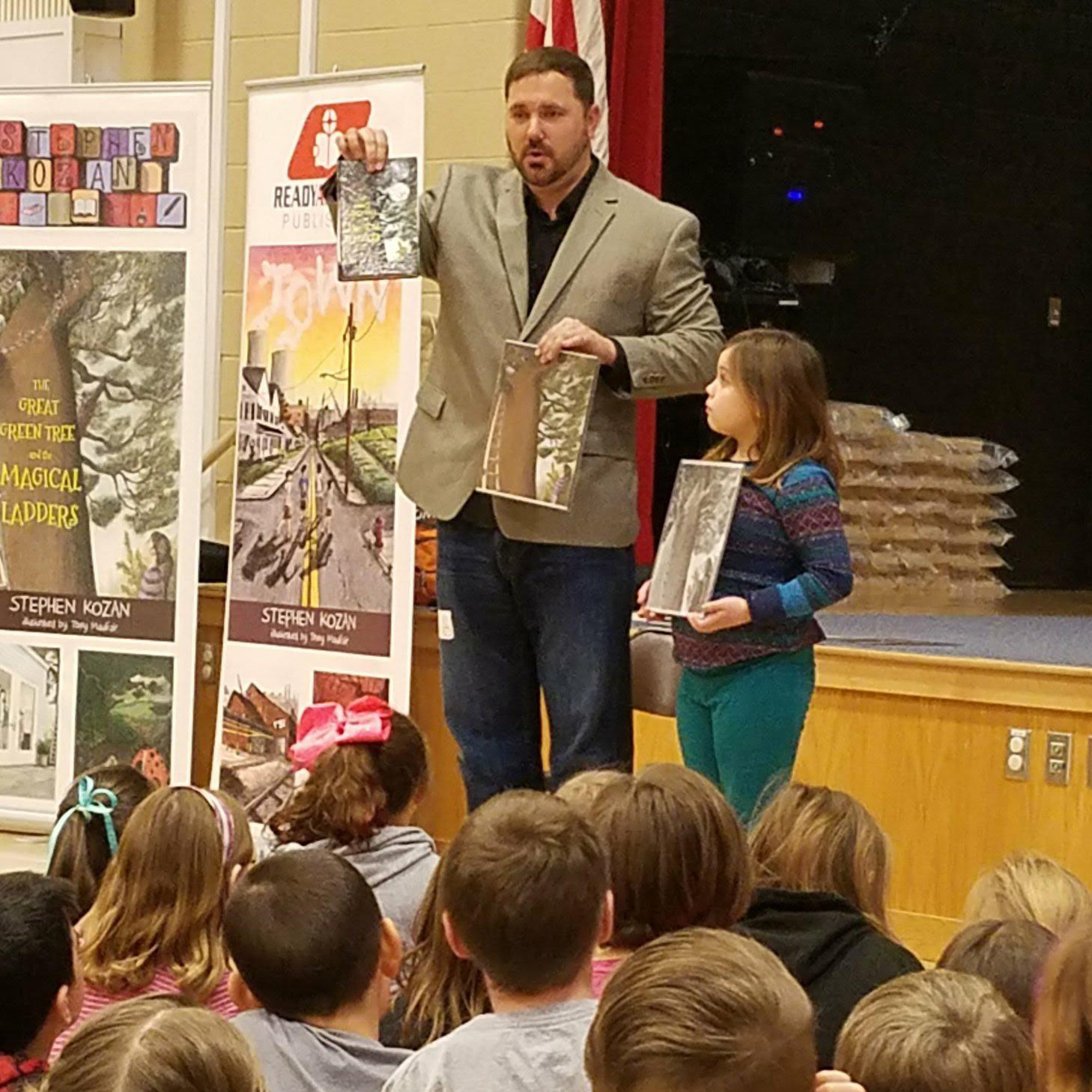
InstaART
InstaART is where the student gets to be the illustrator. Sort of! The purpose of InstaART, other than the interaction, is to produce a mythical creature using aquatic, animal or insect body parts! The students are the creators. As a team, we’ll volunteer an idea for a torso, head, front and back legs, tail, back bling, body accessories, background, and a name for our creature. I’ll call on students who wish to participate and my illustrator will get to drawing! Below are some of the sketches students helped create. The color versions are the finished product, done after the presentation at the school.Flash Fiction
Flash Fiction is a writing exercise introduced to me by my creative writing professor in college. I’ve since implemented it into all my author visits. It allows the student an outlet to voice their creativity. I mention the story of one of my first Flash Fiction “winners,” and how at 11-years-old this student-writer will become published under my publishing company’s imprint, ReadyAimWrite Kids, LLC. I paraphrase the flash fiction story submitted to me and tell its tale in a creative fashion. The purpose of this is to show the kids that they too can DO THIS. (I’m currently working on multiple student-driven book projects, all stemming from Flash Fiction.)CLICK HERE for more information on student-published books!
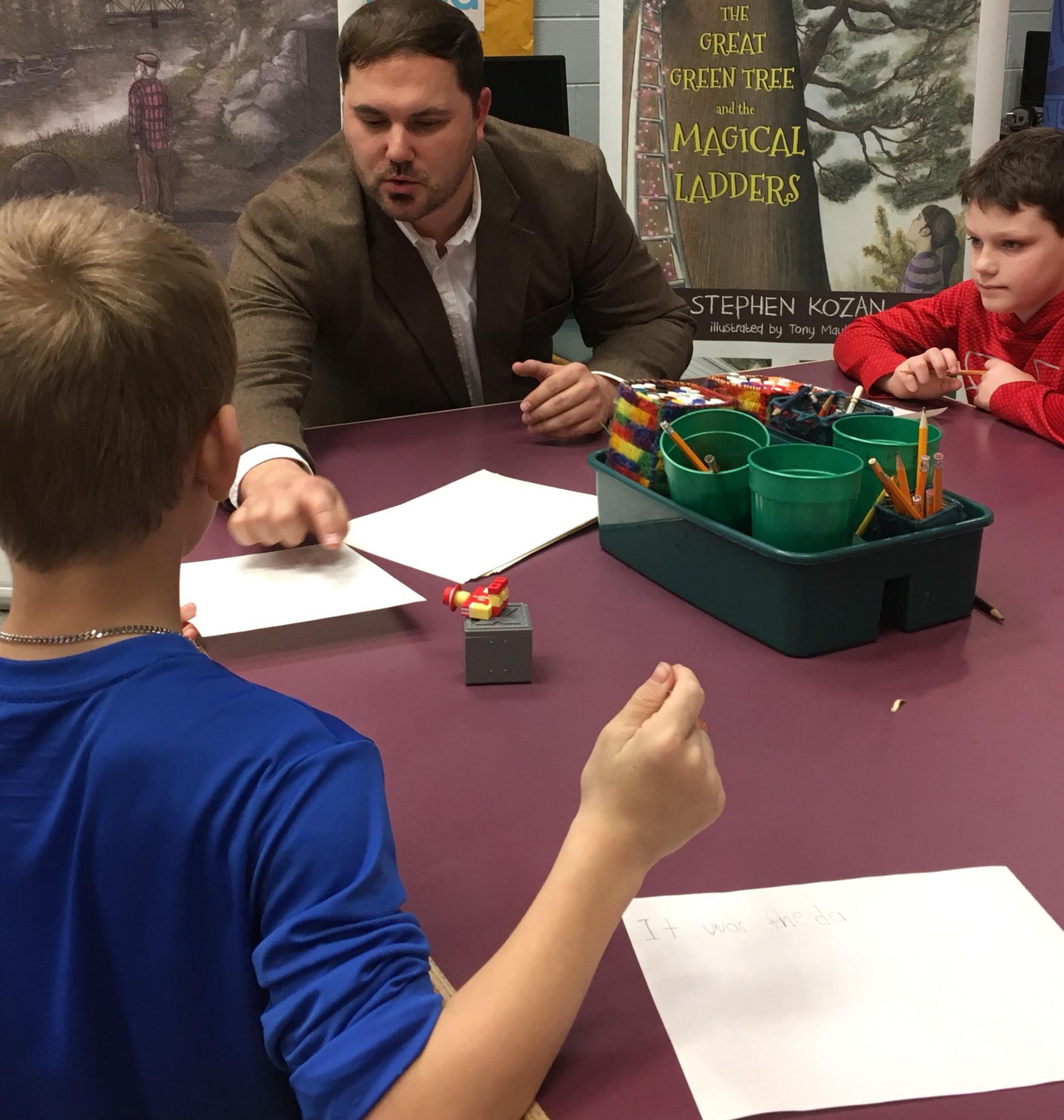
Q & A
Time permitting, this is where the students may ask me anything.

